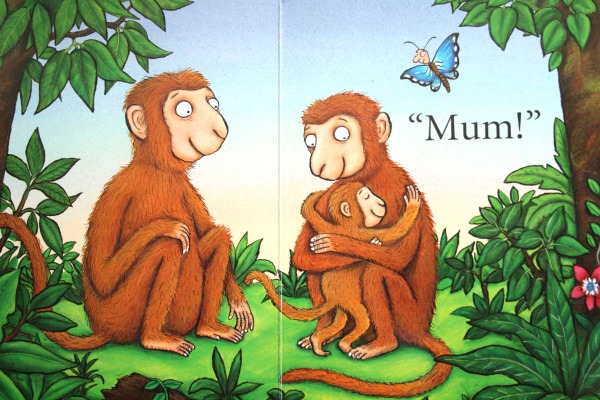1 Mime the flashcard
Hold up flashcards in turn and say the names. Children do a mime in response, eg they can pretend to eat a particular food (if you are using food flashcards), imitate a particular animal (animal flashcards) or put on clothes (clothes flashcards). Then do mimes of different flashcards yourself or invite individual or pairs of children to take turns to do this. Children watch and call out the names.
2 Flashcard instructions
Stick a set of flashcards on the walls around the classroom. Divide the class into groups. Give each group instructions in turn, eg Group 1. Walk to the elephant. Group two. Jump to the lion and children respond.
3 Repeat if it’s true
Stick a set of flashcards on the board. Point to one of the flashcards and say the name. If you have said the correct name, children repeat it. If not, they stay silent. This activity can be made more challenging if you say sentences, eg It’s a red tomato.
4 Guess the flashcard
Stick a set of flashcards on the board. Secretly choose one and encourage children to guess which it is by asking you questions, eg Is it red? No, it isn’t. / Is it blue? Yes, it is. Invite individual children to the front of the class in turn and get them to secretly choose a flashcard while the others guess in the same way.
5 Flashcard charade
Divide the class into groups of three or four. Give each group a flashcard, making sure that other groups don’t see. Explain that children must think of a way to mime their flashcard. Give them a minute or two to prepare this. Each group then takes turns to do their mimes to the rest of the class and guess each other’s flashcards.
6 Ball game
Have a soft ball ready for this activity. Stick 8-10 flashcards on the board. Children stand in a circle. Hold up the ball, say One, two, three … and name one of the flashcards on the board, eggrasshopper! as you throw the ball to a child in the circle. The child who catches the ball repeats the procedure and names another flashcard. The game continues in the same way until all the flashcards on the board have been named.
7 Threes
Sit in a circle with the children and divide them into two teams. Lay three of the flashcards out in front of you and elicit or remind children of the names. Then turn the flashcards over so that the pictures are hidden. Change the postions of the flashcards on the floor so that the children can no longer easily identify them. Invite a child from one of the teams to name one of the three flashcards. This child then tries to find this flashcard by choosing one of them and turning it over to reveal the picture. If it is not the flashcard they named, the three flashcards are turned over and moved around again and a child from the other team has a turn in the same way. If it is the flashcard they named, they keep it for their team. You then need to introduce another flashcard to make up the three in the game. The game continues in the same way with the children on each team taking turns to name and turn over the flashcards. The team with most flashcards at the end of the game are the winners.
8 Team game
Have ready two sets of word cards for the same flashcards for this game. Divide the class into two teams. Stick flashcards (as many as there are children in each team) on the board or on the walls around the classroom. Give one word card to each child in both teams. When you call out the name of one of the flashcards, the child in each team who has the corresponding word card gets up and goes to touch the flashcard and hold up their word card as fast as they can. The child who gets there first each time wins a point for their team.
9 Board pelmanism
Use 8-10 flashcards and word cards for this activity. Stick the flashcards in jumbled order on one side of the board, facing inwards so that children cannot see the pictures, and number them. Do the same with the word cards on the other side of the board. Invite one child to choose a flashcard, eg Number two, please! and, as you turn it round to show the picture, to say what it is, eg (It is a) hat. Then invite the same child to choose a word card in the same way. If the flashcard and word card chosen by the child match, remove them from the board. If not, turn them both round so that they are in exactly the same position but facing inwards again. The game proceeds with different children taking turns to choose a flashcard and word card in the same way, trying to match them from memory until they are all removed from the board.
10 Classify the words
Draw two or three large circles on the board and write the topic words at the top of each one, eg animals, food, clothes. Children take turns to come to the front of the class, either individually or in pairs, read a word card that you give them and stick it in the correct circle.
PERSONAL OPINION
I totally agree with Carol Read when she says that flashcards are the teacaher's best friends. I love uisng flashcards in the most different situations in order to teach / revise vocabulary. We can use them to play the memoy game, when singing (to highlight the words) and even to tell stories. And children always love them.






